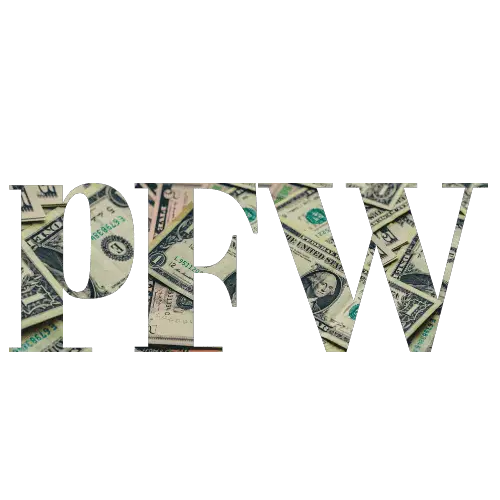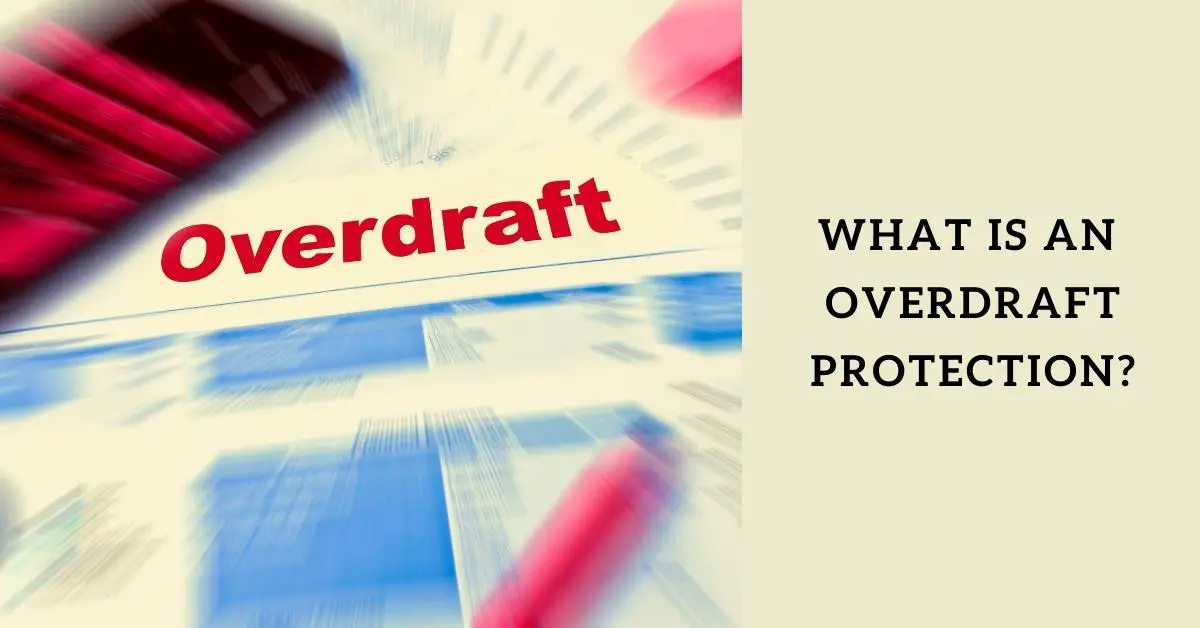With Overdraft Protection, your bank covers your transactions when you don’t have balance in your checking accounts without overdraft fees. Bank collects the required funds from a linked savings accounts, credit cards, line of credit to cover the transaction of the overdrawn account.
We have all faced a situation when our debit card transactions declined once or more in our life. It can be an embarrassing situation. Moreover, most banks charge a hefty fee for declined cards or insufficient balances.
However, you can avoid these kinds of situations by enabling a feature called overdraft protection. But what Is an overdraft protection?
Well, you are about to find out. Because in this post, I will answer what it is. How does overdraft protection work? Is it free or not and many more related questions. So, stay with me.
To understand it better we need to find out what does overdraft mean?
What Is Overdraft?
Overdraft is when your bank account does not have enough balance to cover a transaction and you borrow a small sum from your bank to cover the transaction.
Overdrafts occur when your account has insufficient funds and your debit card transactions get declined. So, your bank lends you a small sum to cover a transaction. It might seem like a good thing but usually, they are not. Because overdrafts come with a lot of strings attached.
What Happens When You Overdraft Your Account?
In case of overdrafts, your checking account balance goes negative. So, your bank or credit union lends you to cover transactions and in return, they charge you overdraft fees, interest, and other fees on the amount you have borrowed.
In an overdraft transaction, your bank account gains a negative balance status because your bank lends you a small sum. But they charge high interest on the amount along with an overdraft fee. According to a survey by Bankrate
The Average overdraft fee is around $29.80 in 2022
Moreover, according to government reports it was much higher in the past. There can also be other fees depending on your bank. In case you forget to pay the amount, interest, and fees then it will go to the debt collection agencies and your credit score will be hurt.
What Is Overdraft Limit?
The overdraft limit is the highest amount your bank loans you on when your account balance is not enough to cover transactions. This limit is usually determined by multiple factors like your debit card age, credit score, and income.
In an overdraft transaction, your bank basically loans you a small sum. However, there is a limit on overdrafts too. In case you exceed the limit, they start to reject all new debit card transactions. Then you have to pay the borrowed amount to start again.
Moreover, when you reach your overdraft limit, your bank might charge you additional fees along with the overdraft fee and interest.
Now that we know the basics about overdrafts. So, what does overdraft protection mean?
What Is An Overdraft Protection?
Overdraft protection is a service by banks and credit unions that helps you to avoid overdraft fees and costly penalties related to overdrafts.
When you use overdraft protection, banks manage funds from other sources when needed and automatically use them if your account has insufficient funds to cover a debit card transaction. As a result, you don’t have to pay any overdraft fee and interest.
It can be a great feature for people who faces a lot of overdrafts during atm transactions. So, how does it work?
How Does Overdraft Protection Work
When you activate it, your bank will ask you to add a savings accounts, credit cards, money market account, or offer credit. So, when your account have not enough balance then they will automatically transfer funds from the linked account to cover transactions.
Overdraft protection is not activated in accounts, you need to activate it. Here is how it works
- Firstly, you need to contact your bank to set up overdraft protection. or you can do it yourself online.
- To fully activate it you need to link your checking account with a savings accounts, or credit card or ask for a credit line.
- Now if your account runs out of funds during a transaction, they will look for available balance in the linked account and if they have sufficient funds then banks manage the required amount from there.
- Lastly, the bank will notify you of the transaction via message or email.
Simple, right?
Well, for better understanding now let’s look at an example.
Overdraft Protection Example
Suppose, Mr. Harry has activated the overdraft protection for his checking accounts. For activating the service, Harry has to link his other account or credit card with the account. Now, he has overdrawn his account for a transaction.
In this situation, his bank will automatically transfer funds from his other accounts for new transactions. After the transaction is successful his bank will notify him about it via message or email. But is it free?
Is Overdraft Protection Free?
No, overdraft protection is not completely free. It comes with additional fees and you might have to pay the fees even if you don’t use it.
Overdraft protection might sound like a good idea at first. However, this is not completely free. As the banks charge you a fee for it and there are balance transfer fees too.
In case you have a line of credit then there will be an interest with it. Usually, most banks will offer you a $100-$5000 credit depending on your financial history. But the APR of the credit is pretty high like credit card balances.
So, how much are the fees?
Overdraft Protection Fee
The overdraft protection fee is less than overdraft fees. However, how much the fee will be for you completely depends on your bank. For most banks, the fee is $5-$10 while the overdraft fees can be as high as $30-$35.
However, with overdraft protection fees you need to include fund transfer fees of your account.
Can You Opt Out Of Overdraft Protection?
Yes, you can opt-out of overdraft protection anytime you want. Like another bank service, it can be turned off without any fees or penalties.
Overdraft protection is just another service offered by your bank or credit union. In case you have turned it on and don’t need it then you can turn it off anytime you want. Just use your online banking service or contact your credit union to turn it off for free.
Lastly, let’s find out whether you should get it or not.
Should I Get Overdraft Protection?
It depends on your preference. If you have overdrawn your account and got several penalties in the past then you should get it. Otherwise, it’s not a good idea to activate it, as it comes with a fee whether you use it or not.
On the surface, overdraft protection seems like a great thing. To some extent, it is. Because it can help you avoid overdraft fees. However, like other services, it has some disadvantages too.
Let’s look at the disadvantages so that you can deceive better.
Drawbacks of Overdraft Protection
- Banks will charge you for the overdraft coverage whether you use it or not.
- The line of credit offered by the banks with the service comes with a pretty high-interest rate.
- As overdraft coverage gives you peace of mind so you might stop overlooking your finances properly.
- When it’s activated you can grow a habit of spending out of your budget and eventually overdrawing your savings account too.
- You will be charged the overdraft fees in case your linked accounts do not have available balance and your checking accounts will go to a negative balance again.
Moreover, many banks were criticized by the government during the pandemic for high overdraft charges. As a result, the overdraft fees are either reduced or gone. So, there is a chance that in the near future there will be no overdraft fees.
In Summary
Overdraft protection can be a good service for many. But it’s not a necessary one and it comes with fees. So, my suggestion would be to track your bank accounts properly and don’t get overdrafts in the first place.
However, if you do plan to activate it then do not link your credit card or get a line of credit. Because the balance transfer fees and interest will be too high to bear.
I hope this post comes in handy for you. Let me know your opinion in the comments.


